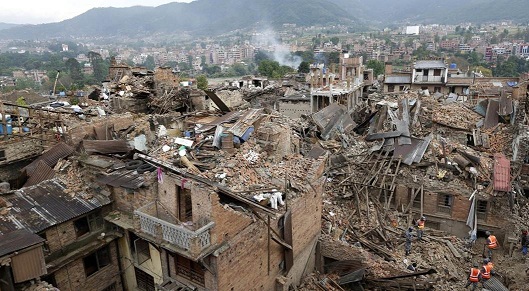Scenario: Difference between revisions
Jump to navigation
Jump to search
No edit summary |
No edit summary |
||
| Line 1: | Line 1: | ||
For the scenario of this case, a disaster has struck and demolished many buildings and structures. Whether it was an earthquake, an explosion or an alien attack, there will be debris from fallen structures which make possibly trapped people inaccessible. Till today still many people don't get saved in time and die due to the severity of there injuries. Although the rescue techniques have improved over the years, a better solution has to be made to tackle this problem. | For the scenario of this case, a disaster has struck and demolished many buildings and structures. Whether it was an earthquake, an explosion or an alien attack, there will be debris from fallen structures which make possibly trapped people inaccessible. Till today still many people don't get saved in time and die due to the severity of there injuries. Although the rescue techniques have improved over the years, a better solution has to be made to tackle this problem. Some of the current techniques used in rescue missions are: | ||
*rescue dogs able to smell people trapped under layers of debris | |||
*helicopters are used to get a global eagle point of view were possible survivors can be spotted | |||
*volunteers are also a big part of the rescue missions in disaster areas | |||
*Emergency Response Vehicles (ERVs) are deployed in the disaster areas, in order to hand out food, relief supplies, information and comfort to people in need | |||
Revision as of 18:12, 29 November 2015
For the scenario of this case, a disaster has struck and demolished many buildings and structures. Whether it was an earthquake, an explosion or an alien attack, there will be debris from fallen structures which make possibly trapped people inaccessible. Till today still many people don't get saved in time and die due to the severity of there injuries. Although the rescue techniques have improved over the years, a better solution has to be made to tackle this problem. Some of the current techniques used in rescue missions are:
- rescue dogs able to smell people trapped under layers of debris
- helicopters are used to get a global eagle point of view were possible survivors can be spotted
- volunteers are also a big part of the rescue missions in disaster areas
- Emergency Response Vehicles (ERVs) are deployed in the disaster areas, in order to hand out food, relief supplies, information and comfort to people in need
Back to: PRE2015 2 Groep1
